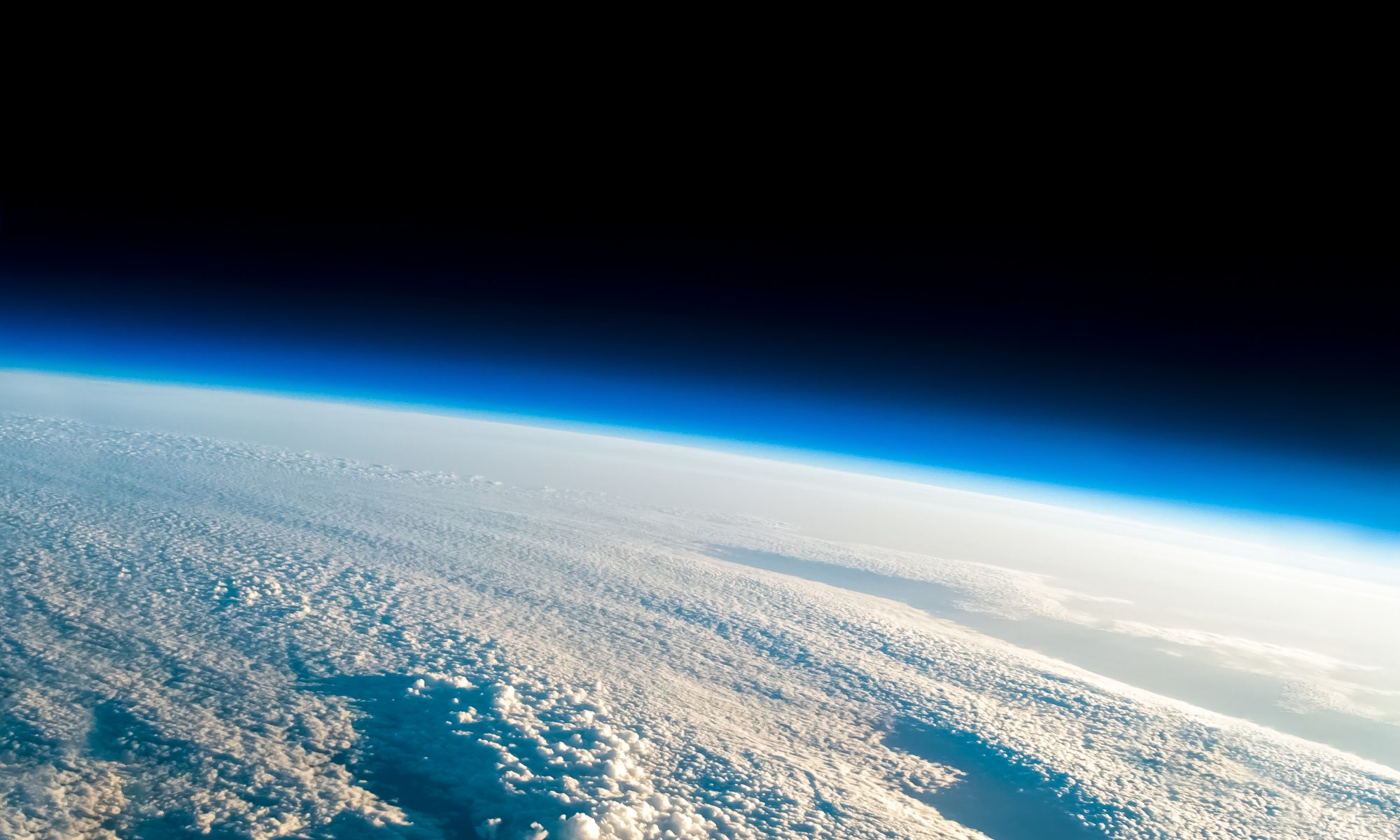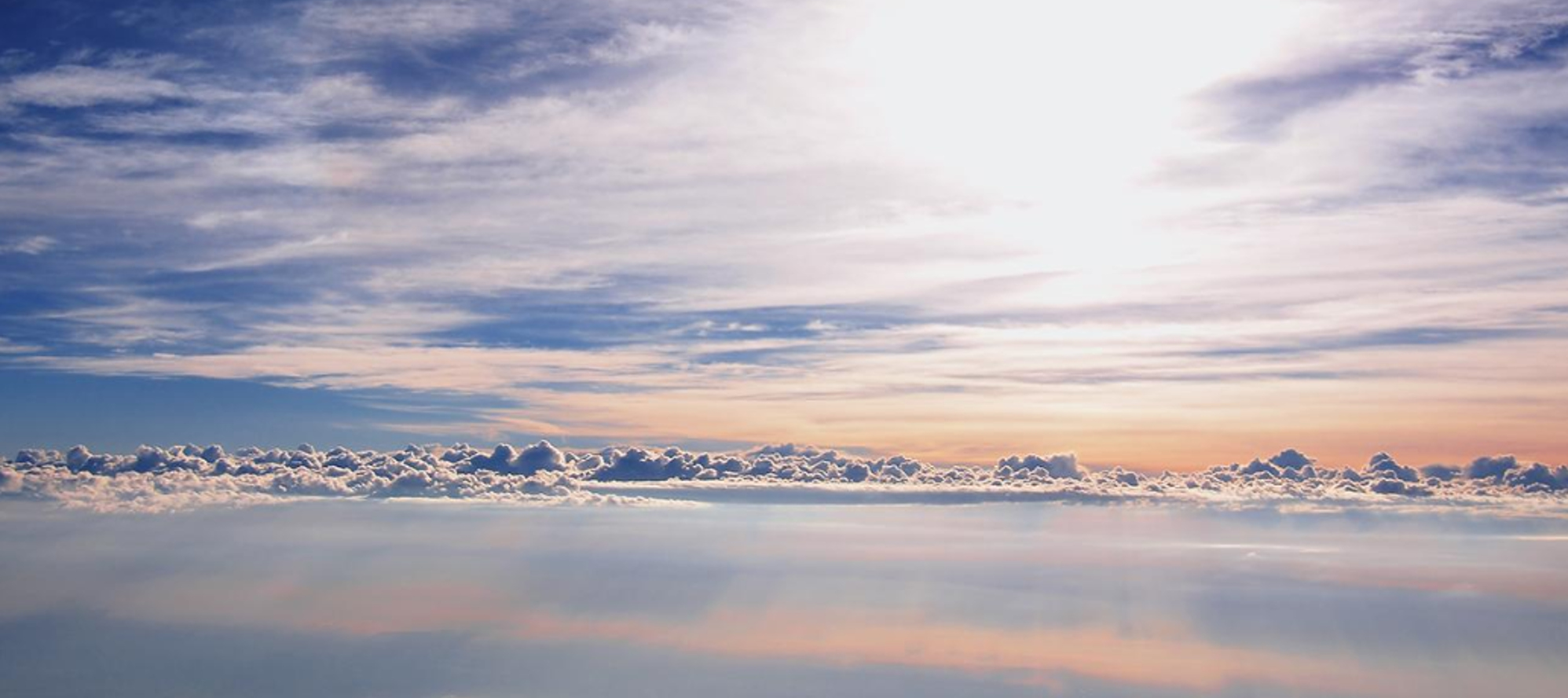The plays are done and were a huge success. Although that was two weeks ago… Okay, so I’ve been recovering (procrastinating) for a bit too long now and it’s time to dive back into project mode. I don’t know if this is the same for you, but it is actually really hard to start something. Especially something really big and when you don’t know where to begin. Once you’re in it and you’ve started it’s easy, but getting over the mental hurdle of starting is rather challenging.
However, today I found a way to ease back in – I found a link that I hadn’t seen before which took me to a PDF entitled “High Altitude Balloon Photography How To“. I downloaded it and started reading.
The PDF was a high altitude balloon photography “how-to” guide, which got me really excited, as this is exactly what my project is. It covered everything from setting up the payload, to how to plan for the event, different camera options and recommendations, explaining the difference between JPG and RAW, when to launch, and a bunch of other stuff that is really helpful.
I was intrigued. I read the whole thing a few times and studied the photos that were presented. Looking at the photos got me really excited and I wanted to be able to take photos like that.
When I got home, I started looking up various aspects to the project and studied the HAB (high altitude ballooning) PDF for a while longer than I should have. But that didn’t matter, because I was back!
One of the things that I found really interesting while reading the PDF, was that although this technically is aerial photography, it is actually a bridge between the conventional aerial photography and satellite imagery.
Another thing I learned was how to set up the payload (it has now been confirmed, the rest of the HAB community does indeed use the work “payload” and not “rig”). The first part is to make sure that it is balanced, in order to aim the cameras at the horizon. Next, the cameras have to be secured (I’m still deciding on what cameras to use and how many, but that’s another problem for another day). They can be secured with good ol’ duct tape, and if that doesn’t work then you’re not using enough duct tape. It suggested that the cameras are cushioned somehow, as the landing could be rough, however it mustn’t be cushioned, else it could destabilize the equipment, which results in blurry photos.
I will start giving some thought to the cameras, and I will explore all the different options and constraints, so that I can make an informed decision when I get around to buying them.
Glad to be back…






